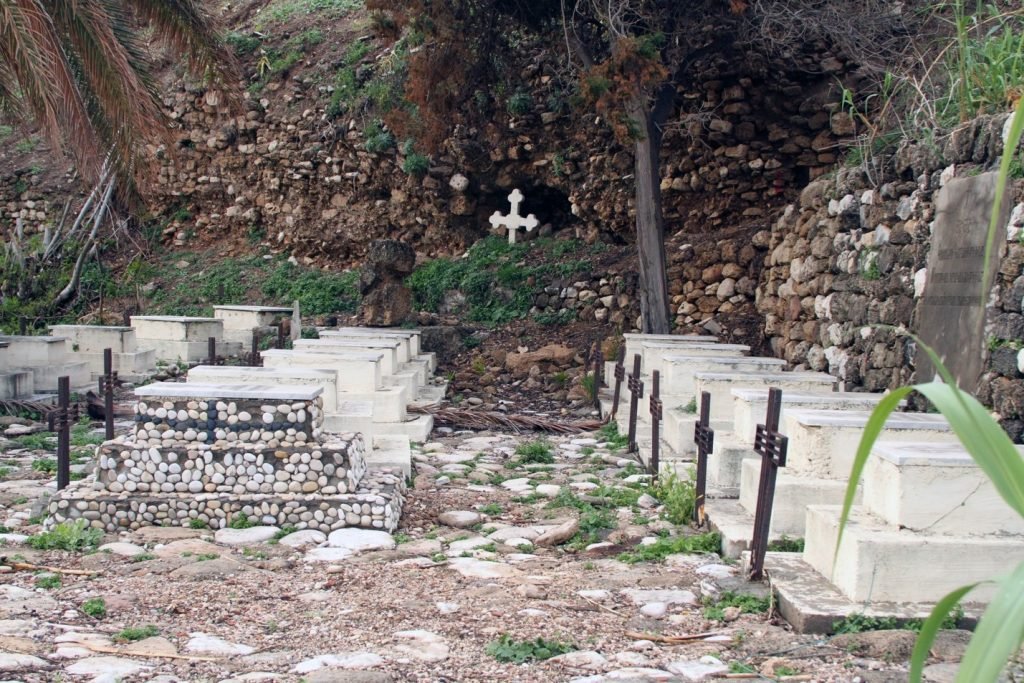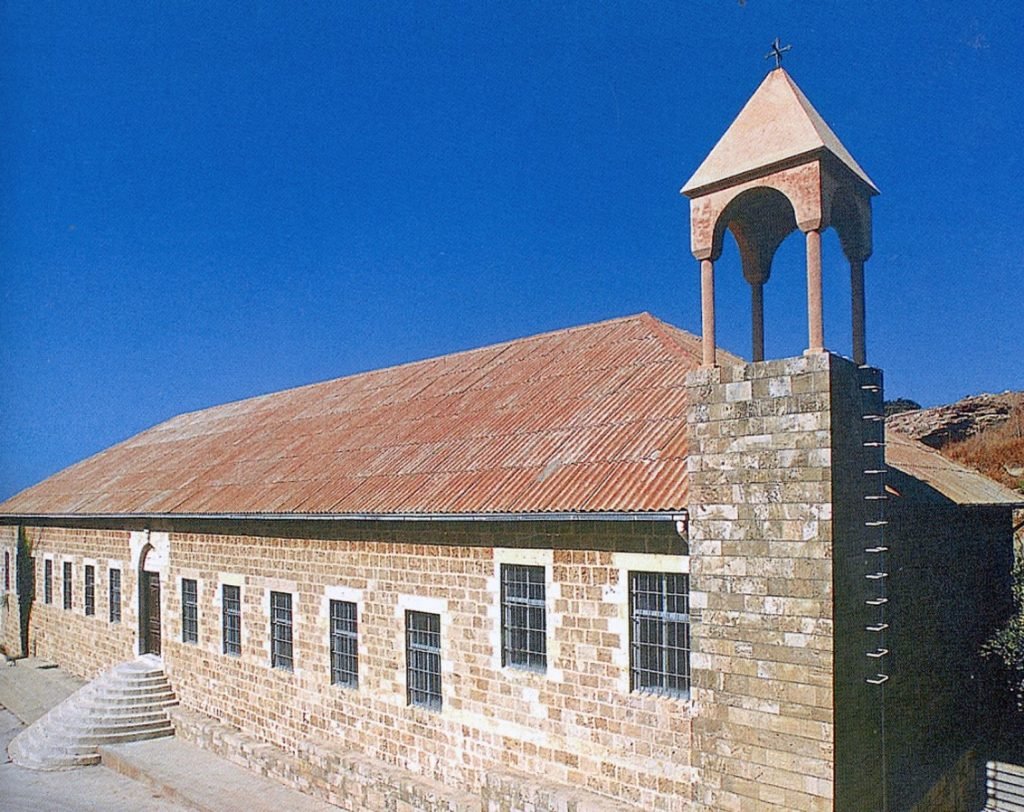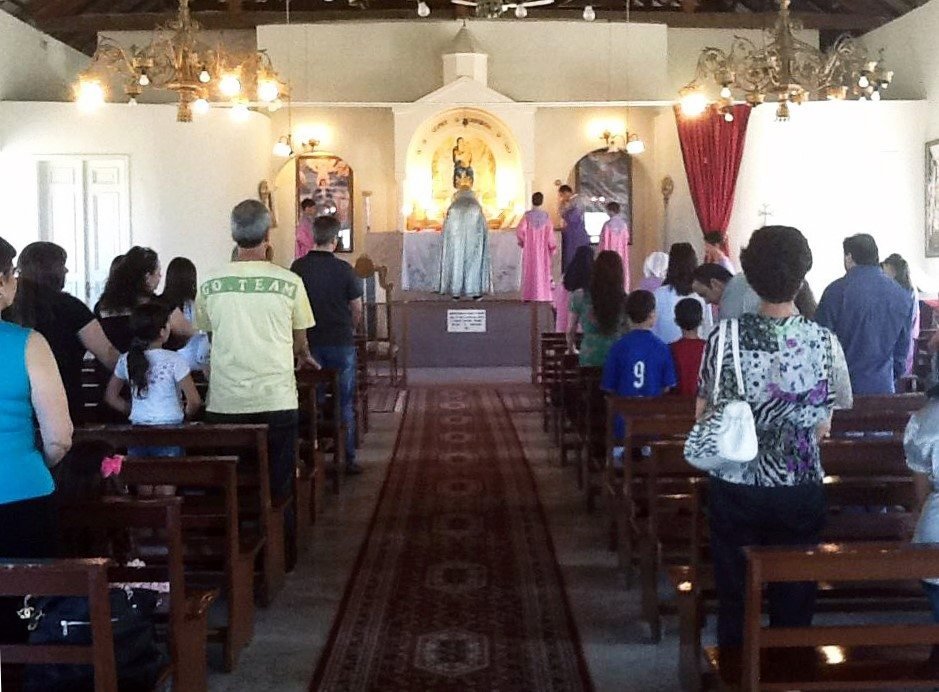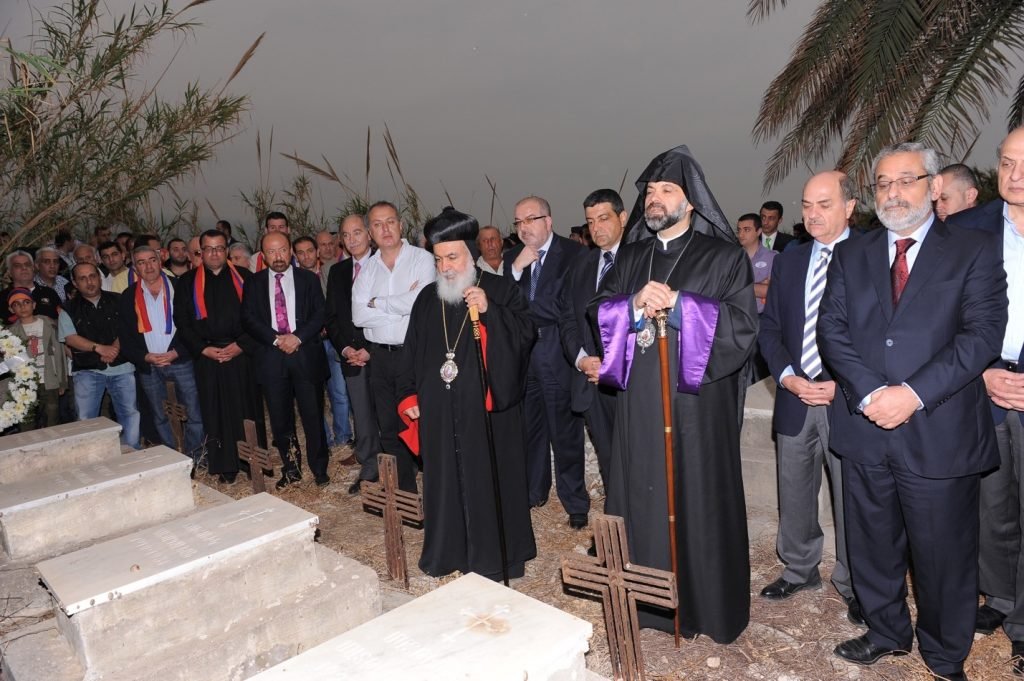Special for the Armenian Weekly
More than a year ago, the Bird’s Nest (Trchnots Pooyn) Orphanage Board of Trustees announced in a radio interview to Voice of Van that plans to move the graves of the orphans’ cemetery have been indefinitely suspended. In her interview, Seta Khedeshian, chair of the Board stated that His Holiness Catholicos Aram I has ordered the suspension of the project “to provide a more comprehensive explanation to the public, and to create a calmer atmosphere so that the issue is analyzed in a broader way.” This last interview came as a result of a public uproar and an online campaign that criticized the plans to develop an exclusive beach resort on the 25,000 square-meter-leased land of the Nest. The campaign articulated several reasons for its objection, stressing the exhuming of bodies of genocide survivors and the conversion of Nicol Hall (a 1921 building) with its St. Kayaneh Church to a restaurant.*

The decision to halt the destruction of the cemetery was significant for two reasons. First, regardless of the controversial nature of the proposed project, the danger of destruction of the graves had been postponed. Second, the Catholicosate showed willingness to engage the public by creating an opportunity for dialogue between the different stakeholders.
Unfortunately, a year later, there has been no effort to provide an explanation regarding the decisions taken by the Board, organize a public meeting clarifying the full scope of the project, and meet with professionals who have been critical of the project. Instead, leaked architectural documents of the planned beach resort called “The Diplomatic Club” have been circulating. In addition, a section of the proposed project was posted on an architectural website[1].
Though the developers have not obtained the building permit[2] necessary to proceed with the project, they have recently emptied St. Kayaneh Church, dismantling the altar and stripping the building down to its basic structure. Illegal by Lebanese law, the developers initiated a change in the use of a building, terminating its religious function and clearing the space for future non-religious leisure activities.
In short, the desirable relationship of dialogue and transparency between the Church and the community has not been achieved. Furthermore, efforts to realize the beach resort project are ongoing—silently[3].
The Bird’s Nest: A testimony of survival and humanitarian assistance
The Bird’s Nest collective, a group of people advocating for the preservation of the Bird’s Nest historic site, is campaigning against “The Diplomatic Club”, the exclusive beach resort project. The site has a historic importance for Armenians and for the Lebanese at large, serving as a place of refuge for Armenian genocide survivors in Lebanon and setting an excellent example of humanitarian assistance. Turning such a symbolic place—a tangible testimony of the Genocide—to a commercial leisure facility would contradict with the site’s history and legacy.
Exhuming and relocating the bodies of genocide survivors is unjustifiable
While in France, the bodies of 130,000 unidentified soldiers who died on the battlefield of Verdun in WWI rest individually in the Douaumont Ossuary, the Armenian Church is planning to exhume the individual remains of thirty-three genocide survivors and relocate them into a collective grave. Ironically, a collective grave is associated with mass killings, a tragedy that these thirty-three individuals escaped during the Genocide.
The value and importance of the individual graves is yet to be grasped by the decision makers, while the reason[4] behind their relocation is unjustified. Furthermore, the online campaign to stop the destruction of the cemetery garnered more than a thousand signatures in just two weeks. In addition, one of the families officially filed a complaint against the removal of their great-grand parent’s remains from its final resting place. “What may seem an insignificant burial ground is, in fact, a uniquely important living witness of our national memory, which must be kept in its original place and in its original form” are the words of Mr. Garo Armenian in his article “It’s the Orphans’ Cemetery, People!”.

Moreover, the Bird’s Nest cemetery occupies roughly 300 square-meter and lies within the 4000 square-meter buffer zone[5] of the historic city of Byblos, a UNESCO world heritage site. Recent archaeological findings by Lebanese marine archaeologist Martine Francis-Allouche reveal that the lost Phoenician port of Byblos lies under the coastal section of the Bird’s Nest plot[6]. Rather than demolishing the cemetery, the Church could turn the 4000 square meter protected area into a Genocide memorial in a coastal city that welcomed thousands of Armenian orphans and was the settling grounds for a community of survivors in the aftermath of World War I.
As for “The Diplomatic Club”, the architectural plans represent the area of cemetery as a green landscape without allocating a particular function to it. However, like most beach resorts in Lebanon, green landscaped areas become the perfect venue for weddings and events. As Robert Fisk wrote in “You cannot honor the dead without honoring the bodies themselves” for The Independent, “the brides and grooms will not know whom they have displaced.”
Converting St. Kayaneh Church to a restaurant sets a serious precedent to desecrating religious spaces in Lebanon

Unlike false claims by the Board denying the presence of a church in the leased area, St. Kayaneh Church has served as the only place of worship for Armenians in Byblos since the 1920s. In fact, the cadastral certificate for the property indicates that it is officially registered as a church[7]. Moreover, a book by architect and archeologist Raffi Gergian titled “The Armenian Churches of Lebanon,” includes St. Kayaneh Church as the only Armenian Apostolic church in Byblos. Built by Armenian orphans, Nicol Hall which includes St. Kayane Church, is the only remaining historic structure that stands today from the initial Bird’s Nest complex. “Is it ethical for the Church—an entity that should epitomize the Ideal in this world—be the one to willingly convert such a valuable place to a restaurant?” asks architect and urban planner Diran Harmandayan.

Shareholders and Profits
In an interview to Al-Akhbar newspaper, the secretary of the Catholicosate, Mr. Khatchig Dedeyan stated that there is no opposition to the beach resort project from the Armenian community. To support his claim, Mr. Dedeyan stated that Armenian politicians—the representatives of the Armenian community—will be shareholders in the project. While it may be true that Armenians will be given priority in buying shares in the future, the commercial register at the Ministry of Justice shows that “The Diplomatic Club” is mainly registered to non-Armenian owners of multiple nationalities, including a Turkish national[8]. Furthermore, inviting Armenian politicians to invest in the project is troubling; It leads to a conflict of interest between personal business gains and the community’s interest.

In April 2015, the Catholicosate inaugurated the Armenian Genocide Orphans’ Aram Bezikian Museum, which lies on the northern part of the plot and displays archival documents, relics and photographs from the Armenian Genocide. While this effort has been made, the Bird’s Nest historical site—the vivid testimony of the Genocide and the resilience of its survivors—is being demolished.
* More details on the controversy of the project can be read in Boghossian’s previous article “Stirring up the Bird’s Nest?“
Notes
[1] See project in http://bad.ar.com under Work>Culture> Byblos> Bird’s Nest)
[2] The developers are actually using the general renovation permit that was granted to the Church during the building of the Aram Bezikian museum.
[3] As a matter of fact, the developers have already submitted the permit file to develop over 75% of the Bird’s Nest plot.
[4] The decision to relocate the bodies was purportedly made to “bring the remains of these orphans closer to the grave of Maria Jacobsen, the founder of the orphanage.”
[5] The Lebanese government has placed 4000 sqm. of the Bird’s Nest plot including the area of the cemetery within a protected buffer zone to UNESCO’s historic city of Byblos.
[6] An archaeological impact assessment sent by the archaeologist to the DGA– Directorate General of Antiquities appointed by the Ministry of Culture– and UNESCO proposes to either and preferably expropriate the land in its entirety, or suspend the project for 18 months to provide more time for further investigation, or at least allow for the excavations to continue in parallel with the construction of the resort. If the DGA proceeds with the third option, the architect of the project Serge Yaziji and the developers are promising to offer public access to the integrated ruins. This seems highly unlikely, given the fact “The Diplomatic Club” is designed to be an exclusive beach resort.
[7] To view the official document: https://pouyn.wordpress.com/birds-nest-cadastral-certificate/
[8] To view the official document: https://pouyn.wordpress.com/diplomatic-club-register/


This is a shame! Shame on the people who are selling everything pertaining to our culture and heritage for their personal gain, including and headed by the church and its leaders! Shame indeed.
This is a very sad situation and shame for us. I hope some good people will do some thing in order to respect for the memories of our orphans.
Has anyone thought about what will be done with the money? Only negative comments… How many more kids will go to school from the revenues? How many of our youth might go to university from the revenues? How many Armenian families will receive social services… No one talks about it, hence I found all these articles biased and flawed. Ask the right questions before jumping to conclusions.
This is absolutely wrong and horrific in every measure. Destroying a piece of our history and replacing it with a commercial building to make money!!!!!!!!!! It is a shame. I hope that they come to their senses and will not go forward with it.
Quel honte